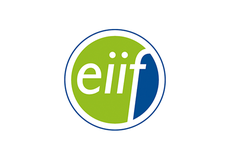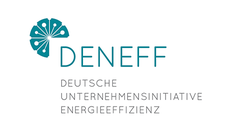Search eceee proceedings
Driving investments in energy efficiency through energy savings insurance
Panel: 5. Business models, finance and investment in the age of digitalisation
Authors:
Jasmine Neve, BASE - Basel Agency for sustainable Energy, Switzerland
Daniel Magallon, BASE - Basel Agency for Sustainable Energy, Switzerland
Daniele Forni, Federazione Italiana per l'uso Razionale dell'Energia, Italy
Abstract
In order to meet emissions reductions, and energy efficiency (EE) targets set out under the Paris Agreement, the Global Sustainable Development Goals, and by governments throughout the world, a significant amount of private sector investment will need to be mobilized – public financing alone is not enough.
For small to medium-sized enterprises (SMEs), investments in EE can generate cash flows that allow them to recover their upfront costs in a short period of time, while also improving productivity, efficiency and reducing emissions. However, this opportunity remains largely untapped. There are barriers that inhibit SMEs from investing in EE – including a lack of trust between the different actors, and high perceived risks associated with EE investments.
The energy savings insurance (ESI) model consists of different mechanisms that aim to drive demand and motivate SMEs to invest in EE, by reducing their perceived risks and creating trust between key actors (technology providers, enterprises, financial institutions). The model consists of four main components 1). a financing structure, 2). a standardised and simplified contract that includes a retention guarantee, 3). an insurance, or risk coverage product that guarantees the energy savings, and 4). an independent (third party) validation procedure. The model also includes a management information system that facilitates simplified reporting processes online.
The ESI model is being planned, developed or rolled out, in various countries across Latin America, Africa and Asia, and is now also being implemented in three countries in Europe – Italy, Portugal and Spain – as part of a Horizon2020 funded project titled ESI Europe. The model was recognised by the Global Innovation Lab for Climate Finance as one of the most promising instruments to mobilize private investments in EE, and also featured in a G20 Toolkit on financing EE. In Colombia and Mexico alone the model is expected to mobilise USD 50million in private investments in the first years of operation.
Downloads
Download this presentation as pdf: 5_030_18_Forni_pres.pdf















